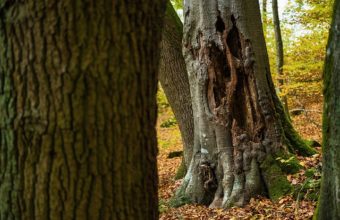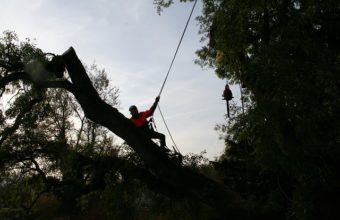The best pruning angle for making cuts on tree branches is just outside the branch collar. The branch collar is the slightly swollen area where a branch attaches to the trunk of the tree. Proper pruning techniques involve making cuts that do not damage the branch collar, as this area plays a crucial role in the healing process.
Here are the key points regarding the best pruning angle…
- Outside the Branch Collar – When making pruning cuts, position the cut just outside the branch collar. The branch collar contains specialized cells that aid in the healing process, forming a protective barrier against decay and pathogens.
- Avoid Flush Cuts – A flush cut occurs when the cut is made too close to the trunk, removing the branch collar. This can impede the tree’s ability to compartmentalize the wound and increase the risk of decay.
- Avoid Stub Cuts – A stub cut is made too far from the branch collar, leaving a protruding stub. Stub cuts can take longer to heal, and they create a larger wound that is more susceptible to pests and diseases.
- Diagonal Cut – Pruning cuts are often made at a slight diagonal angle, sloping away from the trunk. This angle can help shed water away from the cut surface, reducing the risk of water accumulation and potential decay.
The best pruning angle is not a specific degree, but rather a position just outside the branch collar. Proper pruning helps minimize stress on the tree, promotes healing, and reduces the risk of long-term damage. Using sharp, clean tools and following these guidelines will contribute to the overall health and longevity of the tree. If in doubt or dealing with large branches, it’s advisable to consult with a certified arborist for professional guidance.






